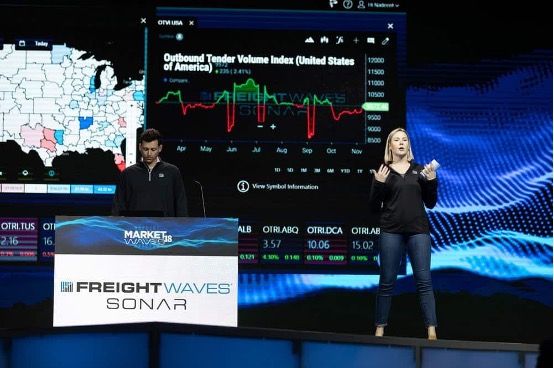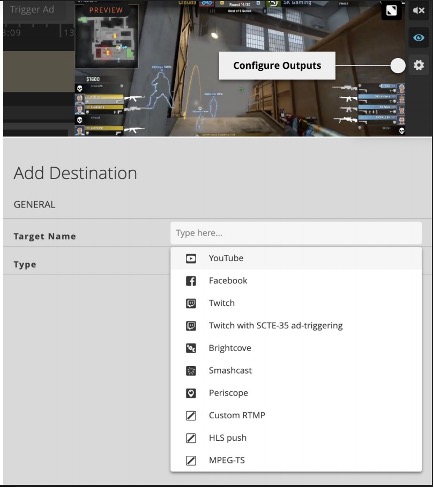FINTOS!”, which provides investment information in video format, is growing rapidly. Video use in other departments is also becoming more active.
bsp-admin-1 on December 17, 2020
WE CHOSE BRIGHTCOVE BECAUSE IT WAS THE BEST
When you think about global-level development and security, there’s no reason not to choose the ‘best’.
Nomura Securities
THE VIDEOS THEY PRODUCED ALSO CONTRIBUTED TO IMPROVED SALES EFFICIENCY
INCREASE SALES EFFICIENCY BY ADDING VIDEOS TO SALES MATERIALS
OTHER DEPARTMENTS ARE ALSO BECOMING MORE ACTIVE IN USING BRIGHTCOVE
Not only are the videos created for FINTOS! being used by other departments, but there are also now departments that are creating their own videos. Tetsuo Fujisaki of the Future Co-Creation Department, which is in charge of promoting financial education and financial literacy, says the following
“We are developing a nationwide program of visiting schools to teach financial education, but with just four members in our department, we obviously don’t have enough hands. So, in order to enable members of our branches nationwide to take charge of teaching at schools in their sales areas, we film our lessons and pass the videos on to each branch. With Brightcove, we can set passwords so that only the people who need to see it can see it.”
“We have also started producing a series of videos called ‘First Time Investing’ aimed at beginners in the field of investing. Then, a person in charge of human resources at a company asked us if we could put the videos on their company intranet, as they wanted to show them to all their employees. We are currently in the process of discussing this, but the members of the sales department who heard about it said, ‘I’d like to introduce this video to my customers too. Because of the nature of the financial and economic education content, it is easy for sales members to introduce it to customers. With the growing interest in financial literacy these days, there seems to be a lot of interest in this.”
The trend of producing videos spread further within the company, and the business division also started producing videos. Ryujiro Kitamura of the Asset Formation Promotion Department says
“We offer a financial wellness program, a seminar for employees of listed companies to help them reduce their future financial concerns. However, there are many cases where people are unable to attend the live seminar on the day because of other commitments. For this reason, we have been asked for some time whether it would be possible to provide the seminar on demand as a video. When we heard that Brightcove was being used for financial and economic education to produce and distribute videos, we decided to give it a try.”
In the production of videos for the workplace, they are using Brightcove’s engagement score to make the next proposal
“In the past, we used to make relatively long videos of around 60 minutes, but when we looked at the engagement score, the average viewing time for the videos was around 30 minutes. Based on these scores, we are now able to make the next proposal to our customers.”
Kitamura also says that Brightcove’s powerful security features have increased the flexibility of their proposals and use.
“The videos of the Financial Wellness Program seminars also provide information in line with the systems of listed companies. However, personnel-related system information is also confidential information for those companies. For that reason, we often receive requests to ‘make it so that it cannot be viewed from outside’.”
“To solve this problem, we added a viewer security option to the Brightcove system, so that we could restrict the IP addresses from which people could connect. I think this has helped us to gain the trust of our customers, and has given us more freedom in our proposals and use of the system. I think another convenient aspect of Brightcove is that we can flexibly rearrange the modules as needed.”











